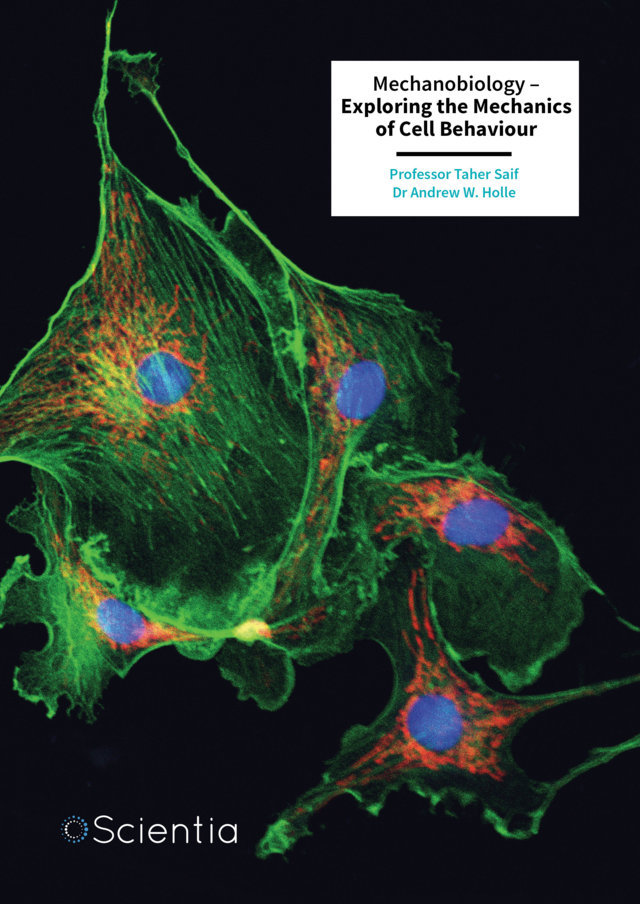Antibiotic resistance may prove to be one of the most significant health challenges we will face this century. As bacteria continue to evolve resistance mechanisms to our arsenal of antibiotics, infections could become a more serious prospect, and medical procedures with a substantial infection risk, such as open surgery, could become unacceptably risky. While antibiotic resistance is often considered to be a human problem, it’s also a growing issue in veterinary medicine. Our pets can also develop infections that are difficult to treat when resistant bacteria are involved. Moreover, as we frequently share a living space with such animals, there is potential for crossover of resistant bacteria to humans. In a far-reaching study, Dr. Robin Temmerman and his colleagues of the executive animal health study center (or CEESA), which is a consortium of animal health companies, shed light on this issue, exploring antibiotic resistance in bacterial urinary tract infections in dogs and cats across Europe. Their findings provide hope and a roadmap for tackling this global problem. More
Urinary tract infections (or UTIs for short) are among the most common ailments that bring pets to the vet. These infections, caused by bacteria, are typically treated with antibiotics. However, bacteria can adapt to these drugs over time, rendering treatments less effective or even useless. When this happens, infections persist longer, spread more easily, and become harder, and more expensive, to cure. Resistant bacteria can also sometimes jump between animals and humans, becoming a One Health issue and threatening public health.
The collaborative research driven by representatives of various animal health companies including Dr. Temmerman and conducted through the CEESA ComPath programme, seeks to understand and mitigate this risk. The programme monitors antibiotic resistance in companion animals across Europe, gathering valuable data to guide veterinarians in selecting effective treatments. By using rigorous, standardized methods across multiple countries, this initiative represents the gold standard for antimicrobial surveillance in pets.
Between 2013 and 2018, Dr. Temmerman and colleagues, through local partners, collected over 2,000 bacterial samples from dogs and cats with clinical signs of UTIs. Their analysis focused on two periods: ComPath II (running from 2013–2014) and ComPath III (running from 2017–2018). The results offered a mixed but largely encouraging picture.
The most frequently identified bacteria in UTIs were Escherichia coli (E. coli), responsible for nearly half of the cases in dogs and even more in cats. Encouragingly, E. coli exhibited low resistance rates to many antibiotics commonly used in veterinary medicine. For example, resistance to amoxicillin-clavulanic acid, a standard treatment, was less than 10%. This means that in most cases, veterinarians can rely on these drugs to treat infections effectively.
Not all findings were as positive. Resistance to doxycycline, an older antibiotic, was alarmingly high, nearly 99% in some cases. Similarly, resistance to fluoroquinolones (a class of powerful antibiotics) such as enrofloxacin and marbofloxacin was moderate, hovering around 10–12%. These results highlight the need for judicious use of antibiotics, reserving certain drugs for cases where other options have failed.
One of the most reassuring aspects of the study was the relatively low level of multidrug-resistant (or MDR) bacteria. MDR bacteria are capable of evading multiple antibiotics, making them particularly dangerous. In this study, MDR levels ranged from 0% in some pathogens to a manageable 11.7% in others. Compared to some reports of MDR bacteria in human medicine, these figures are heartening.
The scale and depth of the CEESA ComPath surveillance programme make it unique. By harmonizing collection and testing methods, Dr. Temmerman and his team ensured that results were consistent and comparable across countries. This is crucial because different testing methodologies across laboratories might lead to different results. Resistance patterns also can vary significantly by region due to differences in antibiotic use and local bacterial strains.
The programme’s findings don’t just inform veterinarians; they also have broader implications for public health. The bacterial species causing UTIs in pets are often similar to those affecting humans, and resistance traits can sometimes transfer between species. By monitoring these trends in animals, we gain early warnings that can guide human medicine as well.
Dr. Temmerman’s work exemplifies how collaboration between contract research organisations, the pharmaceutical industry, and academia can produce meaningful results. The veterinary pharmaceutical industry played a pivotal role by funding this research and ensuring that its findings were publicly available. This transparency is vital for fostering trust and advancing science.
By sharing these results openly, the industry empowers veterinarians to make evidence-based decisions, reducing the unnecessary use of antibiotics and helping to slow the march of resistance. For pet owners, these findings carry an important message: they can play a role in combating antibiotic resistance.
This involves following their vet’s advice, such as always completing the prescribed course of antibiotics, even if a pet seems to recover quickly. Stopping treatment early can allow resistant bacteria to flourish.
Pet owners should also avoid unnecessary antibiotic use. If a pet is unwell, consult a veterinarian rather than self-diagnosing. Not all infections require antibiotics, and a vet can determine the best course of action. Finally, by supporting vets who follow evidence-based practices, pet owners can further aid in the fight against antibiotic resistance. For instance, they can avail of clinics that emphasize diagnostic testing and responsible prescribing habits.
Dr. Temmerman and his colleagues’ work underscores the power of science to address complex challenges. While antibiotic resistance remains a global One Health concern, the low to moderate resistance levels observed in companion animals in this study offer hope. By continuing surveillance efforts and promoting responsible antibiotic use, we can protect the health of our pets, and ourselves.
This research is a testament to what can be achieved when science, industry, and the community work together. With vigilance and proactive measures, we can ensure that antibiotics remain effective tools for both human and animal health in the years to come.







